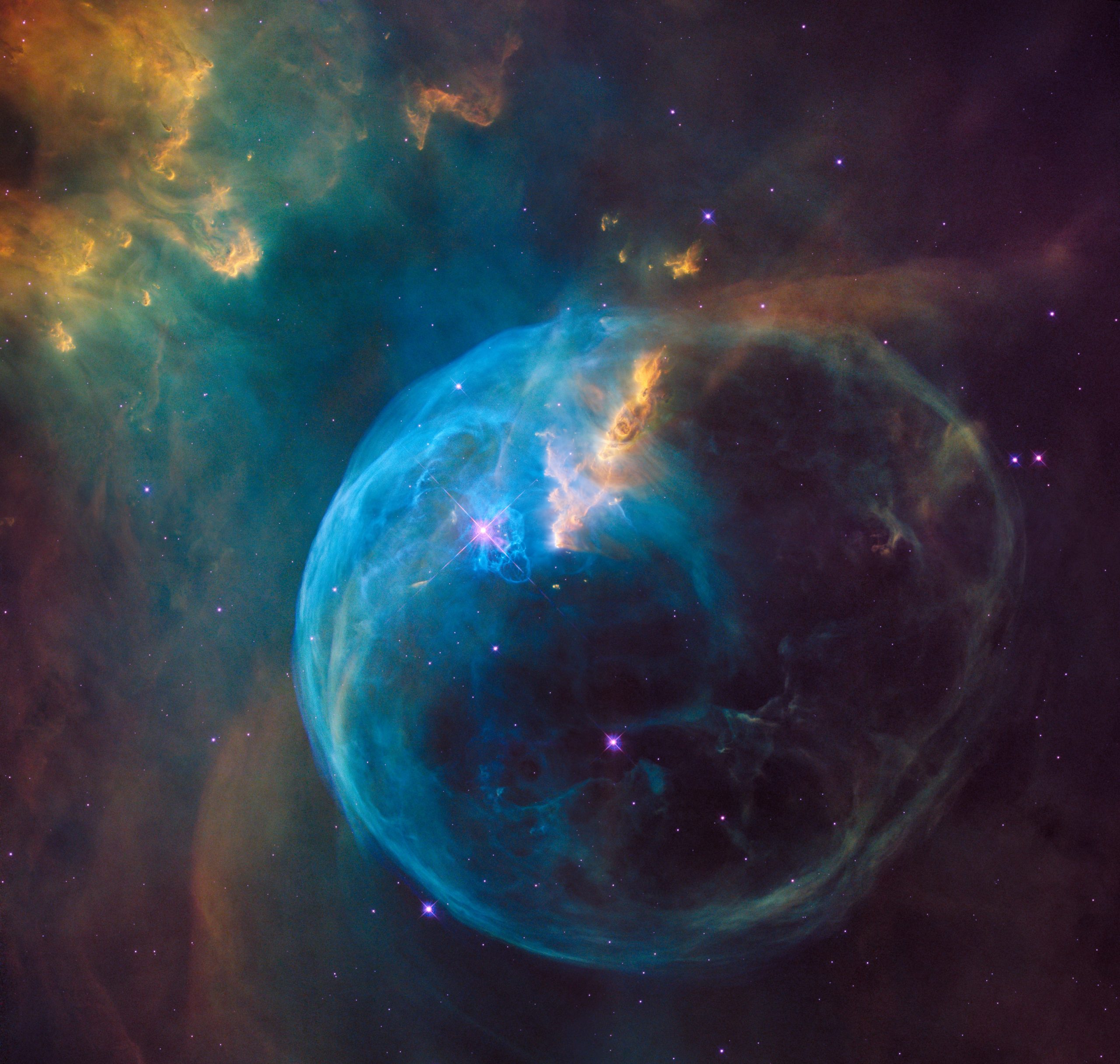The Pink Moon Meaning: Traditions, Mythology, and Cultural Significance
One of the most enchanting celestial occurrences on Earth is the appearance of a “pink moon.” But what exactly is a pink moon, and what does it symbolize? In this blog post, we delve into the meaning of the pink moon, exploring its traditions, mythological origins, and cultural significance across various societies.
What is a Pink Moon?
Contrary to its name, a pink moon does not actually appear pink in the night sky. The term “pink moon” refers to the full moon that occurs in early spring, usually in April. It received its name from the wild ground phlox, a pink flower that blooms during this time of the year.
The pink moon is not unique to a specific geographic location or culture. It can be observed around the world, captivating people with its beauty and eliciting wonder about the cosmos and the natural world.
Pink Moon Traditions and Mythology
The pink moon has been an object of fascination for centuries, leading to the development of various traditions and mythologies around the world.
Native American Beliefs
For Native American cultures, the pink moon holds deep spiritual significance, often tied to the natural rhythms of the environment. In the Algonquin tribe, the April full moon is known as the Pink Moon, symbolizing the return of spring and the rebirth of nature. It marks the time when plants begin to bloom, animals come out of hibernation, and the land becomes vibrant with life.
Folklore suggests that during the Pink Moon, the spirits of ancestors watch over their descendants, while some tribes perform ceremonial dances and rituals to pay homage to the lunar cycle and welcome the new season.
European Folklore
In European folklore and mythology, the full moon in April also holds special significance. Often called the “Egg Moon” or “Sprouting Grass Moon,” this lunar event symbolizes fertility, growth, and renewal.
It was believed that the pink moon had the power to enhance fertility in both humans and animals. Farmers would sow their seeds during this time, hoping for a bountiful harvest. Additionally, couples looking to conceive would often try to conceive under the pink moon, associating it with increased chances of successful reproduction.
Cultural Significance
Beyond traditional beliefs and mythology, the pink moon continues to hold cultural significance in modern society. It serves as a reminder of the cycles of nature, the importance of harmony with the environment, and the potential for renewal and growth.
Astronomy and Cosmology
From an astronomical perspective, the pink moon is a remarkable celestial event that captivates both amateur stargazers and astronomers alike. The moon’s beauty and its ever-changing face have inspired artists, poets, and philosophers throughout history.
The pink moon serves as a reminder of our place in the universe and our interconnectedness with the cosmos. It invites us to pause, reflect, and marvel at the wonders of the night sky.
Metaphorical Representations
Metaphorically, the pink moon is often associated with transformation, renewal, and personal growth. Just as the moon waxes and wanes each month, our lives go through cycles of change.
Many use the pink moon as an opportunity to set intentions, create new goals, and let go of past baggage. It is seen as a time for self-reflection and self-improvement, harnessing the energy of the full moon to manifest positive changes in one’s life.
Art and Culture
The pink moon’s evocative imagery and symbolism have inspired countless works of art, literature, and music. Artists, writers, and musicians often draw upon the pink moon’s allure to explore themes of beauty, nature, and spirituality.
Additionally, cultural celebrations and festivals sometimes coincide with the pink moon, providing communities with an occasion to come together, celebrate, and appreciate the wonders of the natural world.
In Conclusion
The pink moon, although not actually pink, holds deep meaning and significance across cultures, mythologies, and artistic expressions. Whether you observe it for its astronomical beauty, appreciate its cultural significance, or find personal inspiration in its symbolism, the pink moon serves as a reminder of the cyclical nature of life and the remarkable interconnectedness of the cosmos.
So, the next time you gaze up at a full moon in April, take a moment to immerse yourself in the magic of the pink moon and the stories it carries with it.
Table of Contents
